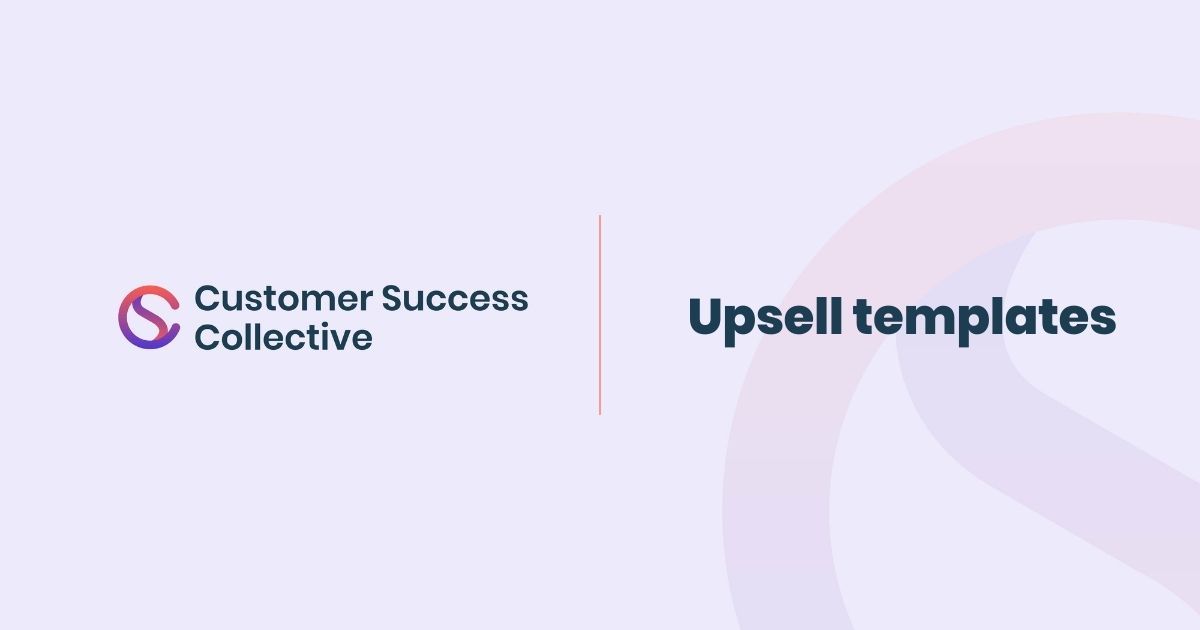It’s no secret that we’re in the middle of a SaaS revolution. Okay, so you might think we’re a little biased, but according to Gartner, the industry is set to be worth $171.19B by the end of 2022. 📈
The reason? The SaaS model is one that benefits both organizations and customers alike.
While affording organizations a lower set-up cost and shorter sales cycles, customers are treated to an easy-to-use, infinitely customizable experience. No wonder businesses across the globe are reaping the benefits of SaaS!
Still not convinced?
Here are a ton of reasons why the future is SaaS, plus some top tips for getting started! 👇
The benefits of SaaS
Software as a service (SaaS) is a business model delivering a ready-made cloud-based application to customers via the internet, usually in exchange for a subscription fee. But what’s so great about SaaS?
There are lots of benefits of a SaaS business model, but that can get confusing fast! So, to keep it simple here’s our list of the key benefits of switching to a SaaS model.
Consistent revenue
One of the top benefits of a SaaS business model is consistent revenue. The subscription-based nature of SaaS means that you always know roughly how much money will come in every month.
Of course, this will still vary depending on new sales and churned customers - but for the most part, you will have a good estimate of your monthly budget.
This can allow you to know what your hiring or marketing budget is well in advance. And reduces the pressure to make constant sales.
Lower costs
When creating software that needs to be stored on customers’ systems, you have to worry about supporting multiple operating systems and devices and supporting customers with local device problems.
With SaaS, you only have to worry about supporting different browsers which is a much simpler task - saving you time and money!

Pre-segmented customers
There is no need to personalize offerings for each customer for a SaaS model or segment your customers into low and high value manually.
With a SaaS model, it is common to have set tiers of services with a set price, meaning your customers will automatically be sorted this way based on the tier they choose to purchase.
This pricing model also allows you to appeal to a wide range of potential customers, as small businesses and large organizations can choose the bundle option that suits them best.
Short sales lifecycle
Deals can be made much quicker with SaaS models than with traditional software models. This is because SaaS pricing and bundle features are already clear (as explained above).
The customer just selects the bundle and price that suits their needs and the deal is done. No need for a long-winded negotiation process!
Easy for customers to use
SaaS reduces the need for customers to download complex software - they simply log in and start working. Plus the onboarding process starts within the platform once they log in for the first time. Which is so much simpler for your customers!
It’s also easier to have a free trial with a SaaS model, meaning your customer can experience your product before deciding to purchase.
Updates and new features
It’s super easy to make updates and add new features - and your customer doesn’t have to do anything!
Long gone are the days when customers would have to do a software update every time you updated the software. Now you could do multiple updates a day and cause no frustration to your customers.
How to switch to a SaaS model
Still, considering switching to a SaaS model? Here are some things to consider to make your SaaS transition smoothly.
Clear pricing
As discussed earlier, having a clear pricing tier system up-front is key for any SaaS business. Coming up with this system is tricky and requires a lot of research, and trial and error.
Once you’ve cracked the pricing model structure, make sure it’s super clear on your website. Tell customers what they are getting and how much that costs as well as what the other options are.

Customer retention
The key to a sustainable SaaS model is customer retention. Keeping customers happy and subscribed will keep your revenue predictable and keep your costs lower.
You will gain much more value from retaining customers than from constantly looking for new ones - so try to keep your churn rate low.
Metrics and analytics
There are loads of metrics associated with SaaS models - you can choose to track all of them or choose a few KPIs.
But whatever you choose make sure to analyze them! Analyzing your data can help you to see how your business is performing and what needs to be improved. Make sure to track and analyze your data regularly to keep your business healthy.
Upselling
The opportunity to upsell to current customers shouldn’t be wasted. When your customer’s businesses grow there is potential to upsell them a more premium offering, which will increase your revenue.
This should be a mutually beneficial sale though, so don’t push if it isn’t right for your customer.

Offer easy integrations
Offering integrations into other sites that your customers also use is a huge differentiator in the SaaS landscape. This does however mean building your own API to facilitate data exchange with other companies.
But the pros to your customer are often worth it as they can seamlessly use your platform with all the other tools they need.
Final thoughts
Although a SaaS business model isn’t right for every organization, there is a growing market for SaaS applications. So, you should definitely consider your company's options when it comes to switching to a SaaS model.
Psst... can't get enough of SaaS? Why not sign up for our exclusive insights from industry experts with a Customer Success Collective membership plan?



 Follow us on LinkedIn
Follow us on LinkedIn



